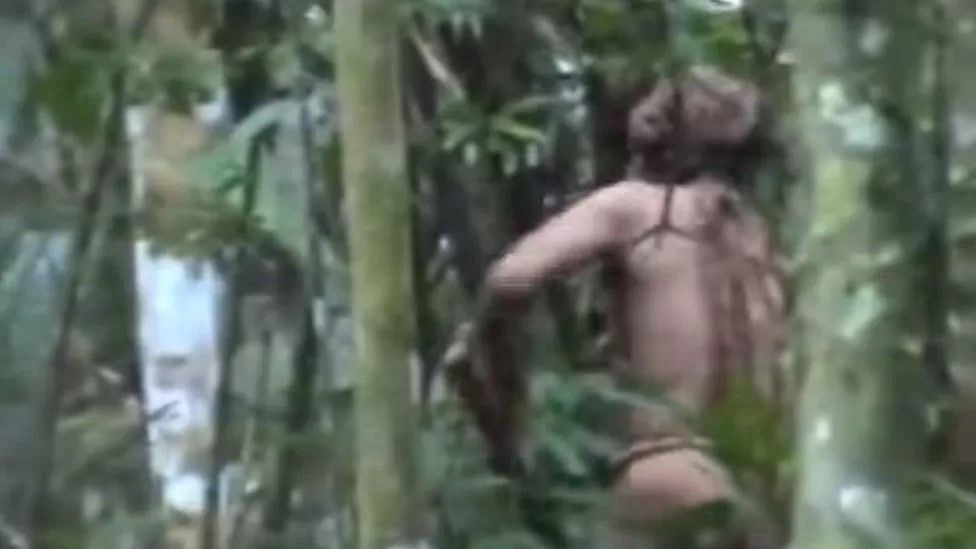By Vanessa Buschschlüter,
BBC News,The last remaining member of an uncontacted indigenous group in Brazil has died, officials say.
The man, whose name was not known, had lived in total isolation for the past 26 years.
He was known as Man of the Hole because he dug deep holes, some of which he used to trap animals while others appear to be hiding spaces.
His body was found on 23 August in a hammock outside his straw hut. There were no signs of violence.
The man was the last of an indigenous group whose other remaining six members were killed in 1995. The group lived in the Tanaru indigenous area in the state of Rondônia, which borders Bolivia.
The majority of his tribe were thought to have been killed as early as the 1970s by ranchers wanting to expand their land.
The Man of the Hole is thought to have been about 60 years old and to have died of natural causes.
There were no signs of any incursions in his territory and nothing in his hut had been disturbed, officials said, but police will still carry out a post-mortem investigation.
Under Brazil's constitution, indigenous people have a right to their traditional land, so those wanting to seize it have been known to kill them.
The Man of the Hole had been monitored for his own safety by agents from Brazil's Indigenous Affairs Agency (Funai) since 1996.
In 2018, members of Funai managed to film the man during a chance encounter in the jungle. In the footage, he can be seen hacking at a tree with something resembling an axe.
There had been no sighting of him since but Funai agents did come across his huts, which were built from straw, and the deep holes he dug, some of which had sharpened spikes at the bottom.
Evidence found at his huts and campsites suggests he planted maize and manioc and fruits such as papaya and bananas.
There are about 240 indigenous tribes in Brazil, with many under threat as illegal miners, loggers and farmers encroach onto their territory, warns Survival International, a pressure group fighting for the rights of indigenous people.

Comments
Post a Comment